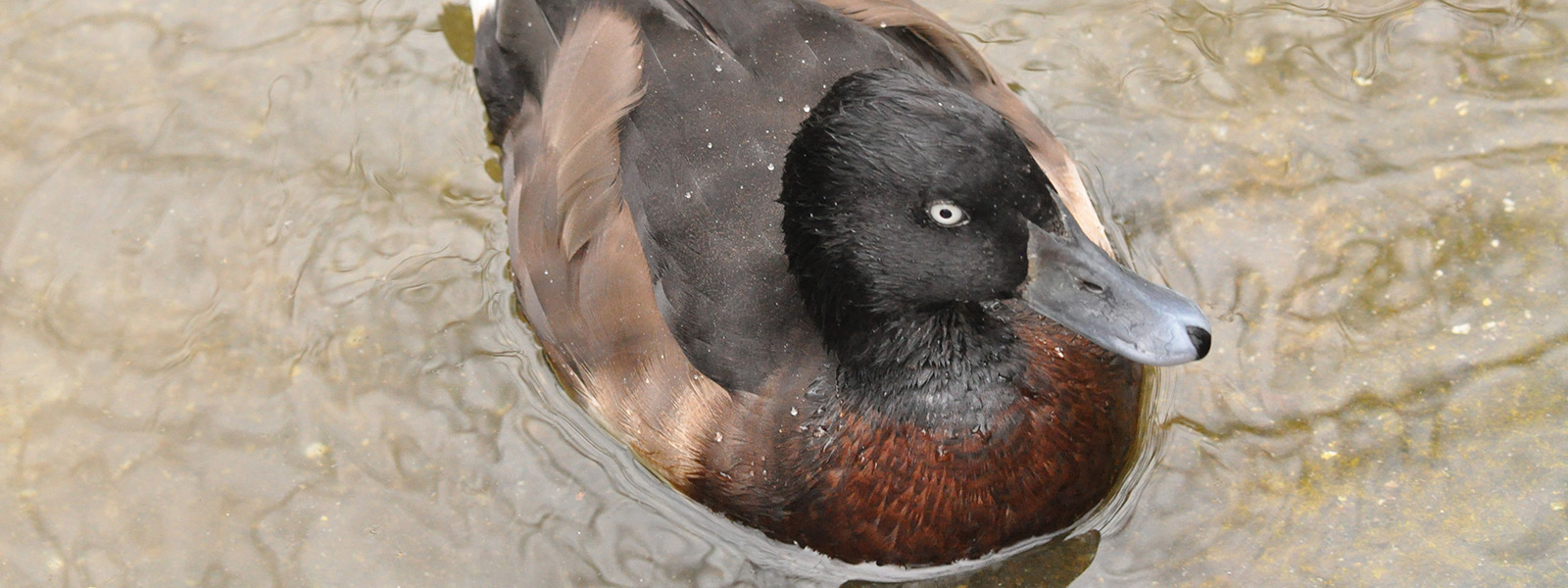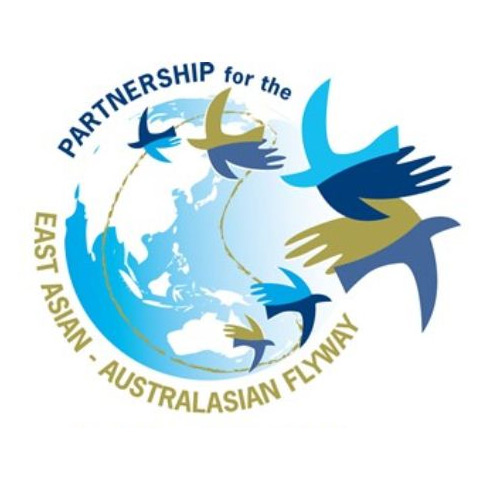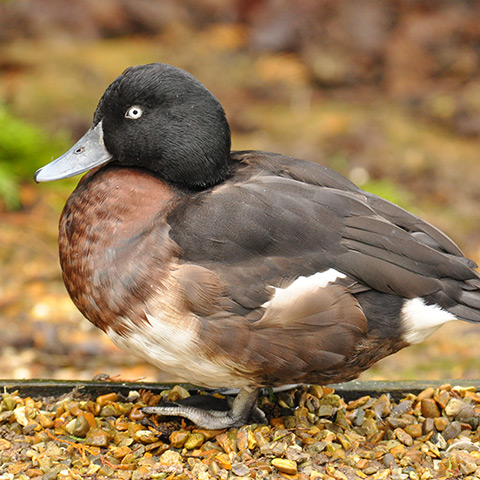About Us
The East Asian-Australasian Flyway Partnership (EAAFP) is a network of partners within the East Asian-Australasian Flyway. The EAAFP aims to protect migratory waterbirds, such as the Critically Endangered Baer’s Pochard and Spoon-billed Sandpiper, their habitats and the livelihoods of people dependent on them.
The EAAFP includes National Governments, Inter-Governmental Organisations, International Non-Governmental Organisations and International Private Enterprises within the East Asian-Australasian Flyway, one of the nine major global migratory routes for waterbirds.
The EAAFP provides a flyway wide framework to promote dialogue, cooperation and collaboration between a range of stakeholders in order to conserve the migratory waterbirds that migrate through the East Asian-Australasian Flyway. This includes:
- Providing a platform for international cooperation for the conservation of migratory waterbirds and the sustainable use of their wetland habitats
- Supporting the development of a Flyway Site Network, to ensure a chain of internationally important wetland sites are recognised and sustainably managed in the future
- Supporting a range of activities to increase knowledge and raise awareness of migratory waterbirds, while building capacity for the sustainable management and conservation of migratory waterbird habitats along the flyway
ASAP Species That We Work On
What We Do
Several Task Forces have been set up by the EAAFP in order to monitor and coordinate conservation activities targeted at the various migratory birds of the flyway. Among these are the Spoon-billed Sandpiper Task Force and the Baer’s Pochard Task Force.
These Task Forces coordinate the conservation activities that have been identified in the CMS Single Species Action Plans for these species.
Baer's Pochard Task Force
Goals and objectives
"To restore the Baer’s Pochard to favourable conservation status and to remove it from the threatened categories on the IUCN Red List."
To meet this goal we need to understand the causes of decline and address the most critical of these threats so that the IUCN Red List status of Baer's Pochard moves to Endangered by 2024.
To realise this, the Action Plan sets out a series of results to be achieved by 2019:
- The impact of habitat loss or inappropriate management is understood and significantly reduced.
- The impact of harvesting of birds and eggs from the wild is understood and significantly reduced.
- Knowledge of the ecological requirements of Baer's Pochard is significantly improved.
- The understanding of population status, distribution, key sites and demography is significantly improved.
- A network of protected and well managed sites is established and maintained throughout the range of the species.
- A global management strategy for the captive population is developed and implemented.
- Awareness of Baer's Pochard and its conservation needs is significantly enhanced, particularly among decision-makers.
- Appropriate policy for the international conservation of Baer's Pochard is in place.
Role
The role of the EAAFP Baer’s Pochard Task Force will be to:
- Produce, coordinate and catalyse the implementation of the International Single Species Action Plan (SSAP) for Baer’s Pochard;
- Stimulate and support Range States in the implementation of the SSAP; and
- Monitor and report on the implementation and the effectiveness of the SSAP.
Chair and Coordinators
Task Force Chair (to be appointed)
Prof. Changqing Ding
Beijing Forestry University / State Forestry Administration
Email: cqding@bjfu.edu.cn
Task Force Coordinators
Richard Hearn (Global Coordinator)
Head of Monitoring
Wildfowl & Wetlands Trust, Slimbridge, Gloucestershire GL2 7BT, UK
Email: Richard.Hearn@wwt.org.uk
Spoon-billed Sandpiper Task Force
Goals and objectives
- To save the Spoon-billed Sandpiper from extinction and secure a viable global population.
- To achieve down listing of the Spoon-billed Sandpiper from the IUCN Red List of Threatened Species.
- To implement the Spoon-billed Sandpiper Action Plan, monitoring and responding to the evolving urgency of listed Activities; review and communicate progress achieved; up-date the content of the Action Plan as needed.
- To utilize the iconic significance, and critical status of the Spoon-billed Sandpiper to alert the global community to the deteriorating state of the coastal environment along the flyway in East Asia.
- To engage with industrial, commercial and financial sectors, as relevant, to achieve a greatly improved status for the Spoon-billed Sandpiper.
Role
The role of the EAAFP Spoon-billed Sandpiper Task Force will be to:
- Coordinate and catalyse the implementation of the International Spoon-billed Sandpiper Single Species Action Plan (SSAP) published by BirdLife International and CMS in 2008;
- Stimulate and support Range States in the implementation of the SSAP; and
- Monitor and report on the implementation and the effectiveness of the SSAP.
Chair and Coordinators
Task Force Chair
Dr. Evgeny Syroyechkovsky
All-Russian Research Institute for Nature Conservation, The estate Znamenskoe-Sadki, Moscow 117628 Russian Federation
Tel: +7 495 423 03 22
E-mail: ees_jr@yahoo.co.uk
Task Force Coordinator
Dr. Christoph Zöckler
ArcCona/Birds Russia
ArcCona Consulting 30 Eachard Road Cambridge CB3 0HY, U.K.
E-mail: Christoph.Zockler@unep-wcmc.org
E-mail: cz@arccona.com
Photo Credits
Featured image: Roland Wirth




